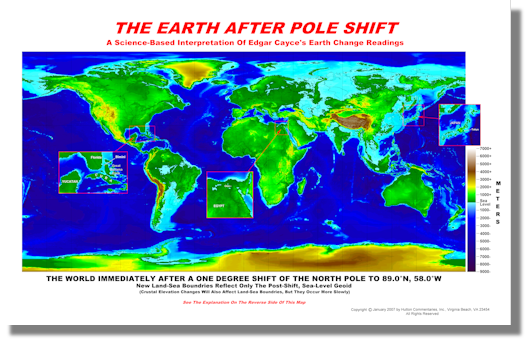


The first was a lower tariff, the Underwood Act attached to the measure was a graduated Federal income tax. Wilson maneuvered through Congress three major pieces of legislation. In the three-way election he received only 42 percent of the popular vote but an overwhelming electoral vote. He was nominated for President at the 1912 Democratic Convention and campaigned on a program called the New Freedom, which stressed individualism and states’ rights. In the campaign he asserted his independence of the conservatives and of the machine that had nominated him, endorsing a progressive platform, which he pursued as governor. First they persuaded him to run for Governor of New Jersey in 1910. His growing national reputation led some conservative Democrats to consider him Presidential timber. Wilson advanced rapidly as a conservative young professor of political science and became president of Princeton in 1902. He was born in Virginia in 1856, the son of a Presbyterian minister who during the Civil War was a pastor in Augusta, Georgia, and during Reconstruction a professor in the charred city of Columbia, South Carolina.Īfter graduation from Princeton (then the College of New Jersey) and the University of Virginia Law School, Wilson earned his doctorate at Johns Hopkins University and entered upon an academic career. Wilson had seen the frightfulness of war. In 1917 he proclaimed American entrance into World War I a crusade to make the world “safe for democracy.” “No one but the President,” he said, “seems to be expected … to look out for the general interests of the country.” He developed a program of progressive reform and asserted international leadership in building a new world order. Like Roosevelt before him, Woodrow Wilson regarded himself as the personal representative of the people. After a policy of neutrality at the outbreak of World War I, Wilson led America into war in order to “make the world safe for democracy.” Woodrow Wilson, a leader of the Progressive Movement, was the 28th President of the United States (1913-1921). Get Involved Show submenu for “Get Involved””.The White House Show submenu for “The White House””.Office of the United States Trade Representative.Office of Science and Technology Policy.Executive Offices Show submenu for “Executive Offices””.Administration Show submenu for “Administration””.


 0 kommentar(er)
0 kommentar(er)
